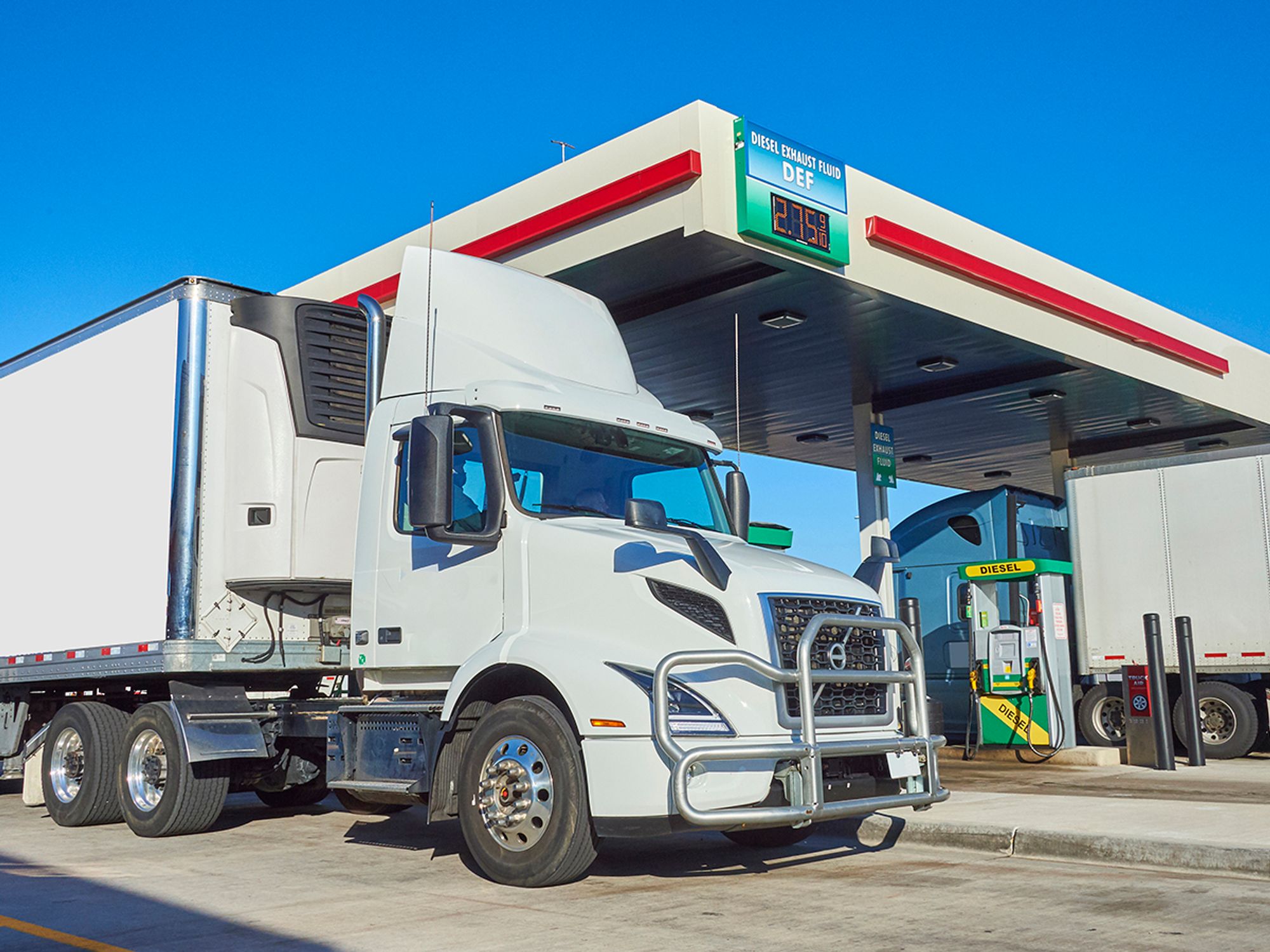What is on-duty and off-duty time?

- “On-duty” time for the purpose of determining HOS begins when the driver of a CMV starts work or is required to be ready to work until the driver is relieved of work and all responsibility to perform work.
- “Off-duty” time is essentially any time that is not spent on duty or in a sleeper berth.
To comply with the hours-of-service (HOS) regulations, knowledge of the difference between being “on duty” and being “off duty” is necessary. The distinction is much more complex than just “working vs. not working.”
The basic definition of on-duty time includes “... all time from the time a driver begins to work or is required to be in readiness to work until the time the driver is relieved from work and all responsibility for performing work.” The definition of on-duty time includes:
- All time at a plant, terminal, facility, or other property of a carrier or shipper, or on any public property, waiting to be dispatched, unless the driver has been relieved from duty by the motor carrier;
- All time inspecting, servicing, or conditioning any commercial motor vehicle (CMV) at any time;
- All CMV driving time;
- All time in or on a CMV except:
- Time spent resting in a sleeper berth;
- Time resting in or on a parked vehicle, unless the vehicle contains hazardous materials that must be attended under 397.5; or
- Up to three hours spent riding in the passenger seat of a property-carrying vehicle moving on the highway immediately before or after a period of at least seven consecutive hours in the sleeper berth;
- All time loading or unloading a CMV, supervising, or assisting in the loading or unloading, attending a vehicle being loaded or unloaded, remaining in readiness to operate the vehicle, or in giving or receiving receipts for shipments loaded or unloaded;
- All time repairing, obtaining assistance, or remaining in attendance upon a disabled CMV;
- All time spent providing a breath sample or urine specimen, including travel time to and from the collection site, in order to comply with drug or alcohol testing requirements;
- Performing any other work in the capacity of, or in the employ or service of a motor carrier; and
- Performing any compensated work for any person who is not a motor carrier.
What is off-duty time?
Off-duty time is not defined in the regulations, but it is essentially any time that is not spent on duty or in a sleeper berth. When a driver is free from obligation to the employer, the vehicle, and its cargo and is free to pursue activities of his or her own choosing, it is generally off-duty time.
Is a driver considered off duty when driving to a “safe haven”?
No. The concept of a “safe haven” applies only to drivers operating vehicles containing explosive materials and affects when those drivers are eligible to be off duty (see 397.5). For all other drivers, there is no exception that says they can exceed the HOS limits to reach a safe haven. In fact, the HOS rules make no mention of safe havens.
What about fueling time?
Fueling is considered on-duty time because it involves the “servicing or conditioning” of a CMV. A driver who pulls into a fuel island and exits the vehicle to pump fuel has gone from “driving” to “on duty/not driving,” so that change in duty status must be recorded on the log along with the location. This is true even if the fueling takes less than 15 minutes, and even if done on a driver’s day off (because the fuel will be used for a business purpose).
If the fueling activity takes less than 15 minutes and the driver is using a paper log, the change in duty status can be “flagged” by drawing a line to the “Remarks” area of the log and indicating the location and length of time spent there. As with other changes in duty status, the activity performed during the stop (i.e., “fueling”) does NOT have to be noted on the log unless the motor carrier requires it under company policy.
